One of the most famous buildings in the world, the Eiffel Tower, is a monument to human ingenuity and inventiveness. This iron lattice tower was built in 1889 for the Exposition Universelle (World’s Fair) in Paris, where it was originally meant to be a temporary display. But the purpose of the Eiffel Tower has changed over time, taking on a variety of roles that span from technological marvel to cultural icon. We will examine the history, architectural significance, function as a tourist destination, cultural symbolism, scientific and technological contributions, economic impact, and ongoing preservation efforts of this iconic monument as we delve into the multifaceted purpose of the Eiffel Tower in this article.
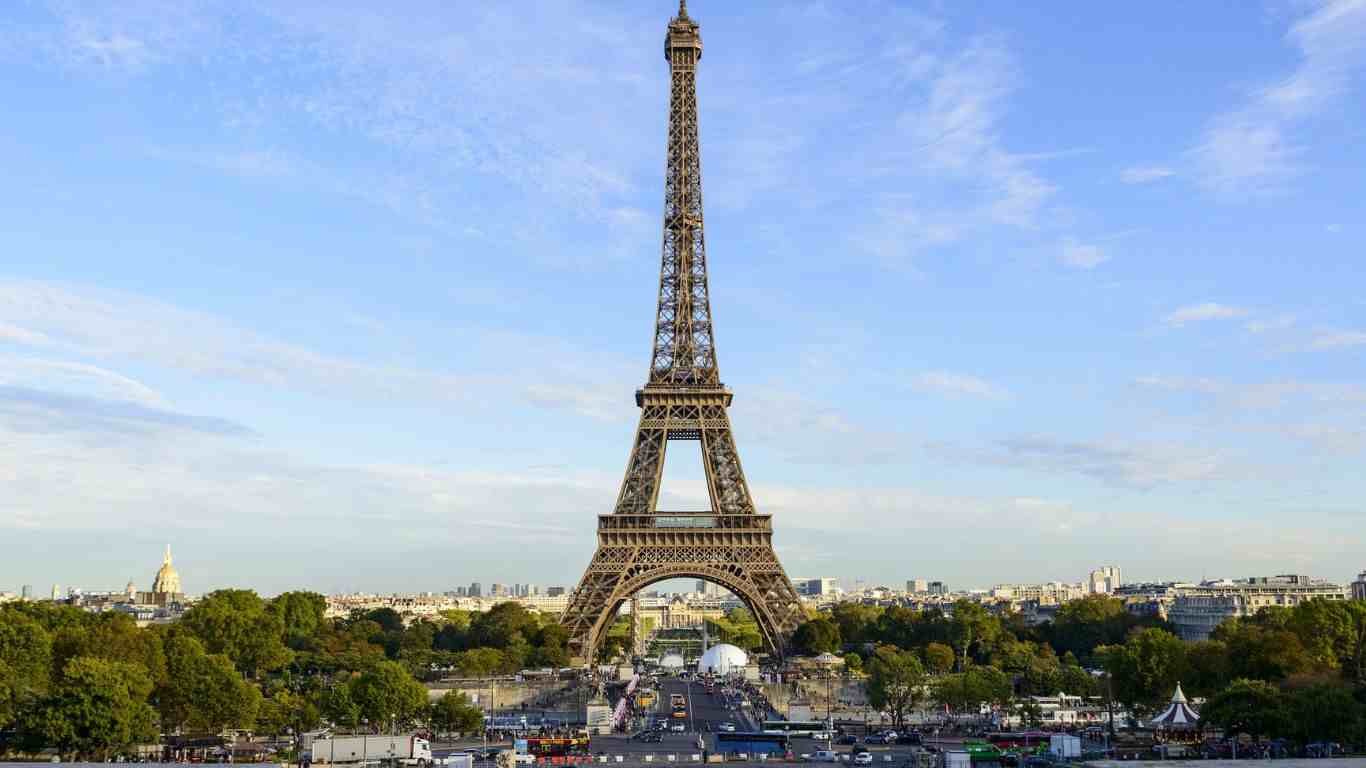
Table of Contents
ToggleIntroduction
Ever since its construction, the purpose of the Eiffel Tower has been a source of mystery. The tower was constructed as the focal point of the 1889 Exposition Universelle, honoring the 100th anniversary of the French Revolution, and was initially created by Gustave Eiffel and his engineering team. The Eiffel Tower has evolved from being derided as an eyesore by some to becoming a symbol of Paris and France. But what is the Eiffel Tower’s current purpose exactly? This article will examine the goal’s multiple facets, including its historical foundation and ongoing applicability.
Historical Background
A historical analysis of the Eiffel Tower is necessary to comprehend the purpose of the Eiffel Tower. There was a significant industrialization and technological advancement in the late 19th century. France hosted the 1889 Exposition Universelle in an attempt to showcase its engineering prowess on a global scale. During this period, the purpose of the Eiffel Tower was to act as a temporary monument that would highlight the inventiveness and engineering prowess of France.
After Gustave Eiffel’s design was chosen from more than 100 entries, building got underway in 1887. At the time, the Eiffel Tower was the highest man-made building in the world, rising to a height of 300 meters (984 ft). In addition to impressing World’s Fair attendees, the purpose of the Eiffel Tower was to showcase France’s superior iron construction methods. The tower was finished in just over two years, in spite of early objections, and its intended purpose soon became secondary.
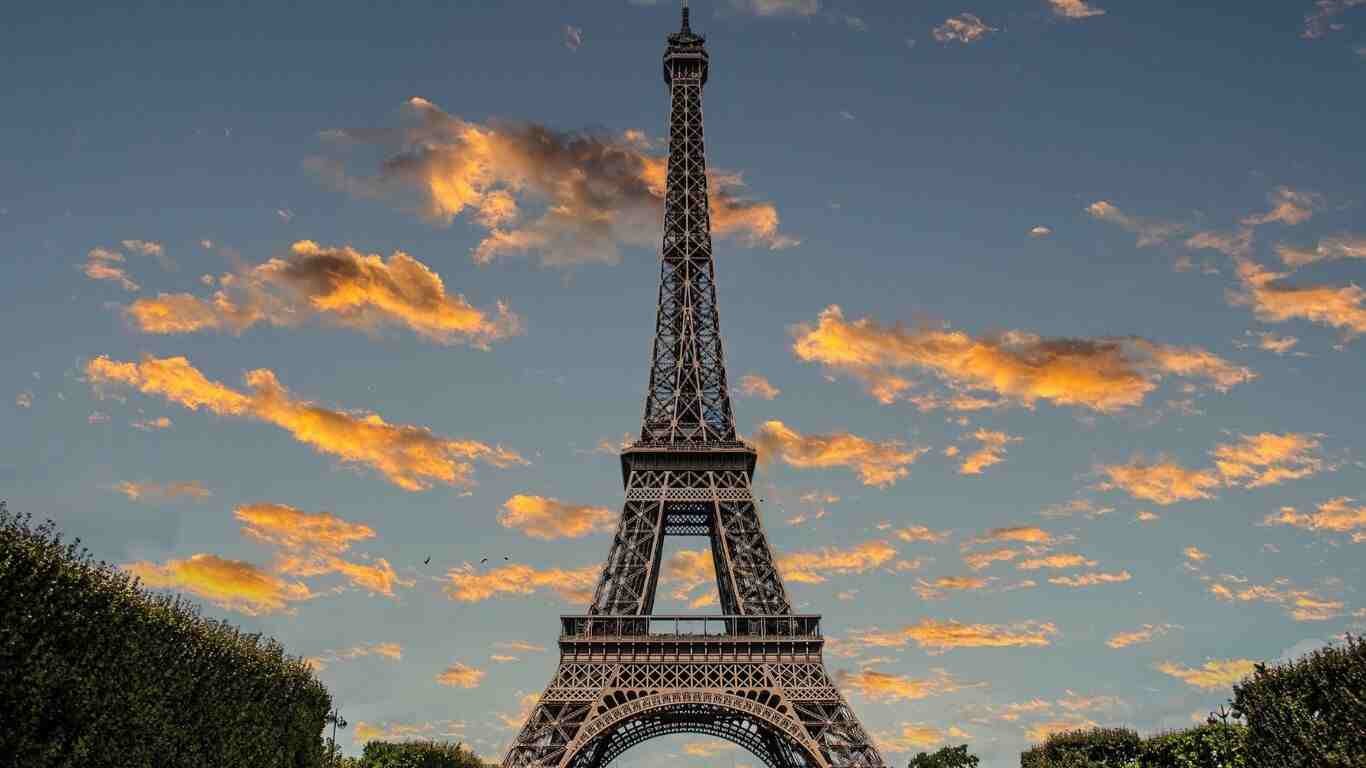
Architectural Significance
Understanding the Eiffel Tower’s purpose requires an understanding of its architectural significance. Innovating for its day, the tower’s distinctive design was defined by its iron lattice construction. Maximizing strength while reducing weight was the purpose of the Eiffel Tower’s design, which made it both aesthetically pleasing and practical. Wrought iron construction made it possible for the building to be both sturdy and lightweight.
The architectural wonder that is the Eiffel Tower serves functions beyond mere aesthetics. It signified a change toward contemporary architecture and engineering, utilizing novel materials and methods. The inventive and effective lattice design came to represent the advancement of industry. In addition to becoming a landmark, the purpose of the Eiffel Tower’s architecture was to serve as an inspiration for upcoming generations of engineers and architects.
Tourist Attraction
These days, the main purpose of the Eiffel Tower is to attract tourists from all over the world. Millions of tourists travel to Paris each year to take in the grandeur of the Eiffel Tower. As a tourist destination, the purpose of the Eiffel Tower is multidimensional. It is a must-see attraction for tourists to the city, offering stunning views of Paris from its numerous observation decks, as well as cultural and historical insights through its displays.
The local economy is greatly boosted by the Eiffel Tower’s role as a tourist destination. The money received from the sale of tickets, mementos, dining establishments, and other tourism-related activities goes toward maintaining and preserving the tower. In this perspective, the purpose of the Eiffel Tower refers to its ability to draw tourists while simultaneously maintaining its financial viability so that upcoming generations can continue to marvel at its magnificence.
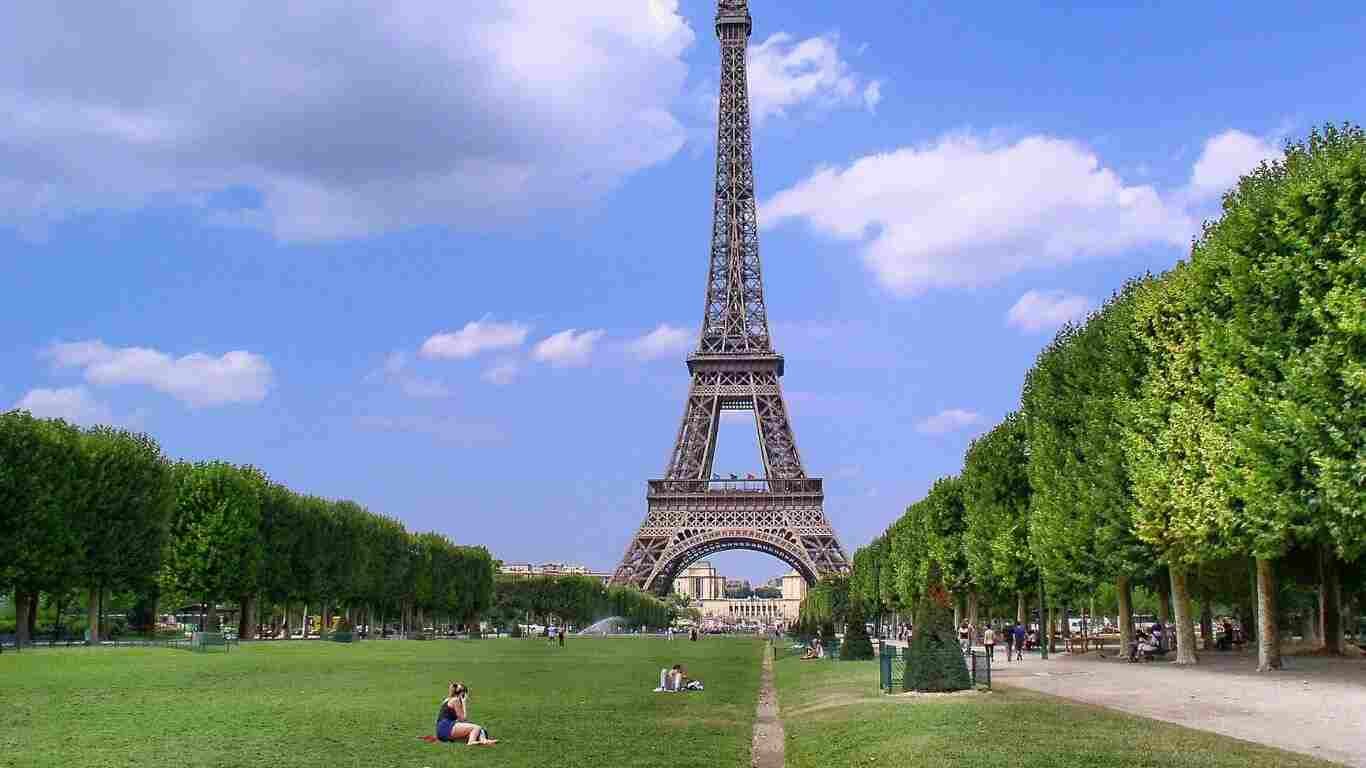
Cultural Symbolism
The purpose of the Eiffel Tower is a potent cultural emblem that goes far beyond its use as a tourist destination. The tower, which stands for concepts like romance, elegance, and invention, has come to be associated with Paris and France. As a cultural symbol, The purpose of the Eiffel Tower is mirrored in the works of literature, art, movies, and popular culture. It has acted as a muse for artistic expression, inspiring innumerable writers, filmmakers, and artists.
It is impossible to exaggerate the significance of the Eiffel Tower as a representation of French culture. It stands tall through wars, revolutions, and social upheavals, embodying the resilient and creative spirit of the country. This is how the purpose of the Eiffel Tower functions, uniting the past, present, and modernity to create an eternal representation of French heritage.
Scientific and Technological Utilization
The purpose of the Eiffel Tower is not limited to its cultural and tourism value; it also includes its scientific and technological advancements. The tower was utilized for a number of scientific investigations, including physics, aerodynamics, and meteorology, shortly after it was built. Even Gustave Eiffel supported the idea of conducting research at the tower. When the Eiffel Tower became an essential radio transmission hub in the early 20th century, the purpose of the Eiffel Tower grew even more.
Due to its dual use as a broadcasting tower for military and civilian audiences, the Eiffel Tower was essential in the advancement of radio communication. Its strategic relevance was demonstrated during World War I when the tower’s use as a radio transmitter helped to intercept enemy communications. In the realm of science and technology, The purpose of the Eiffel Tower exemplifies its adaptability and ongoing significance.
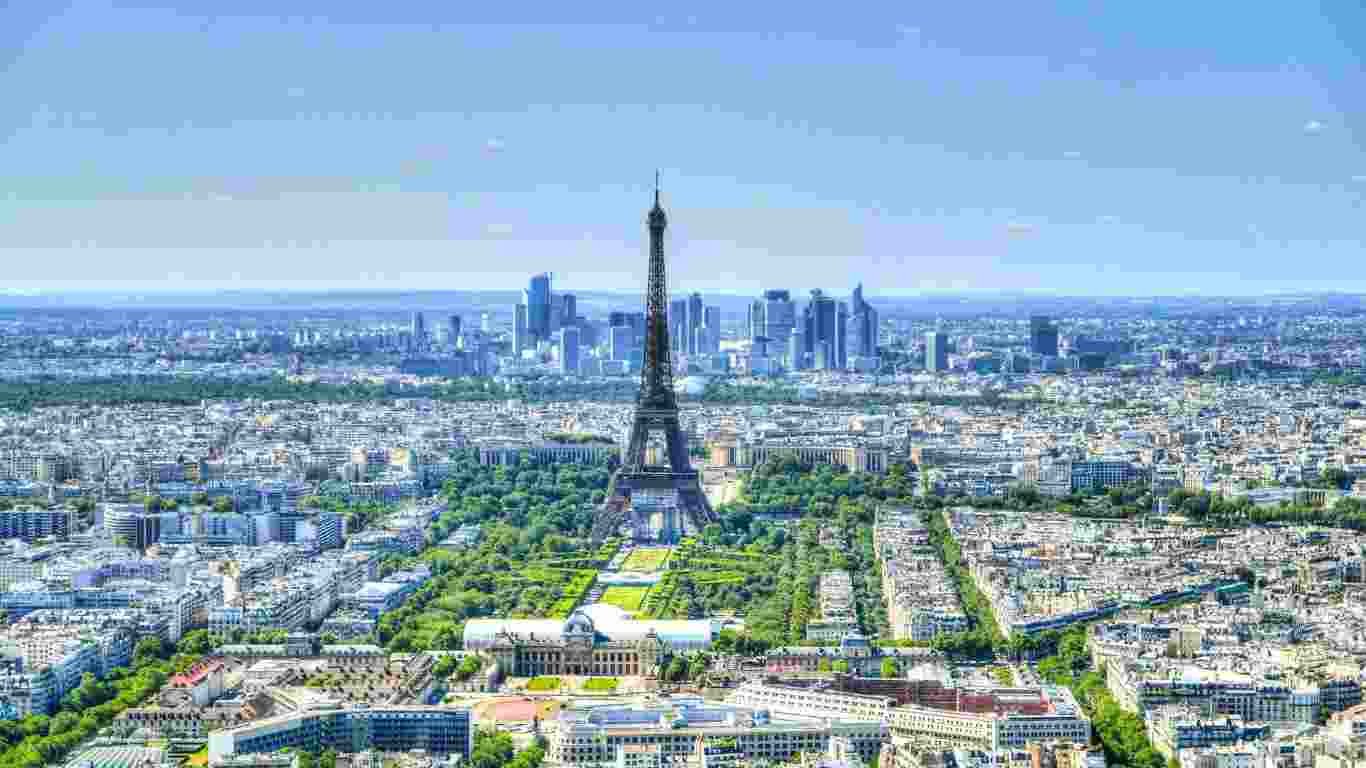
Economic Impact
A further crucial component of the Eiffel Tower’s mission is its economic impact. The tower, one of the most popular tourist destinations in the world, brings in a significant amount of money for Paris and the French economy. The tourism sector, which gains from the millions of tourists that visit the tower each year, demonstrates the purpose of the Eiffel Tower as an economic asset. Due to the flood of tourists, the area’s hotels, restaurants, stores, and other businesses flourish.
From an economic perspective, the purpose of the Eiffel Tower goes beyond generating income from visitors. Paris’s economy is stimulated and international investments are drawn to the city by the tower’s increasing global prominence as a top travel attraction. As a catalyst for the economy, The purpose of the Eiffel Tower guarantees that it will always be a priceless asset for France, enhancing both regional and broader prosperity.
Renovations and Preservation Efforts
The Eiffel Tower requires a lot of upkeep, and several restorations and preservation projects have been made to guarantee its longevity over time. These actions are being taken to shield the tower from the effects of aging, the environment, and normal wear and tear. Updating technology, conducting structural evaluations, and painting the Eiffel Tower on a regular basis are necessary to keep it intact for future generations.
Historical and cultural relevance are also linked to the purpose of the Eiffel Tower’s preservation. The tower needs to be kept in the best possible condition to maintain its integrity and authenticity as a UNESCO World Heritage site. In order to maintain the Eiffel Tower’s significance as a national treasure and guarantee that it will always serve as a symbol of France, continuous renovations and preservation activities are being carried out.

Controversies and Criticisms
The Eiffel Tower has had its fair share of controversy and criticism despite its iconic status. Many well-known artists and thinkers questioned the aim of the Eiffel Tower from the start because they thought it was an eyesore that clashed with Paris’s ancient architecture. The contrasts between tradition and modernity that the tower symbolized are reflected in these early complaints.
The purpose of the Eiffel Tower has come under closer examination in light of tourism and commercialization in more recent times. While some contend that the tower’s use as a commercial attraction diminishes its cultural significance, others think that the tower’s continued existence as a tourist destination is crucial to its preservation. These continuous discussions draw attention to how the goal of the Eiffel Tower is both multifaceted and dynamic.
Weather at the Eiffel Tower
If you’re thinking of visiting the Eiffel Tower, you should know how the weather will be. Since it is a year-round destination, the Eiffel Tower’s purpose is to host guests throughout the year. All year long, the Eiffel Tower is a must-see location in Paris because of its moderate winters and beautiful summers.
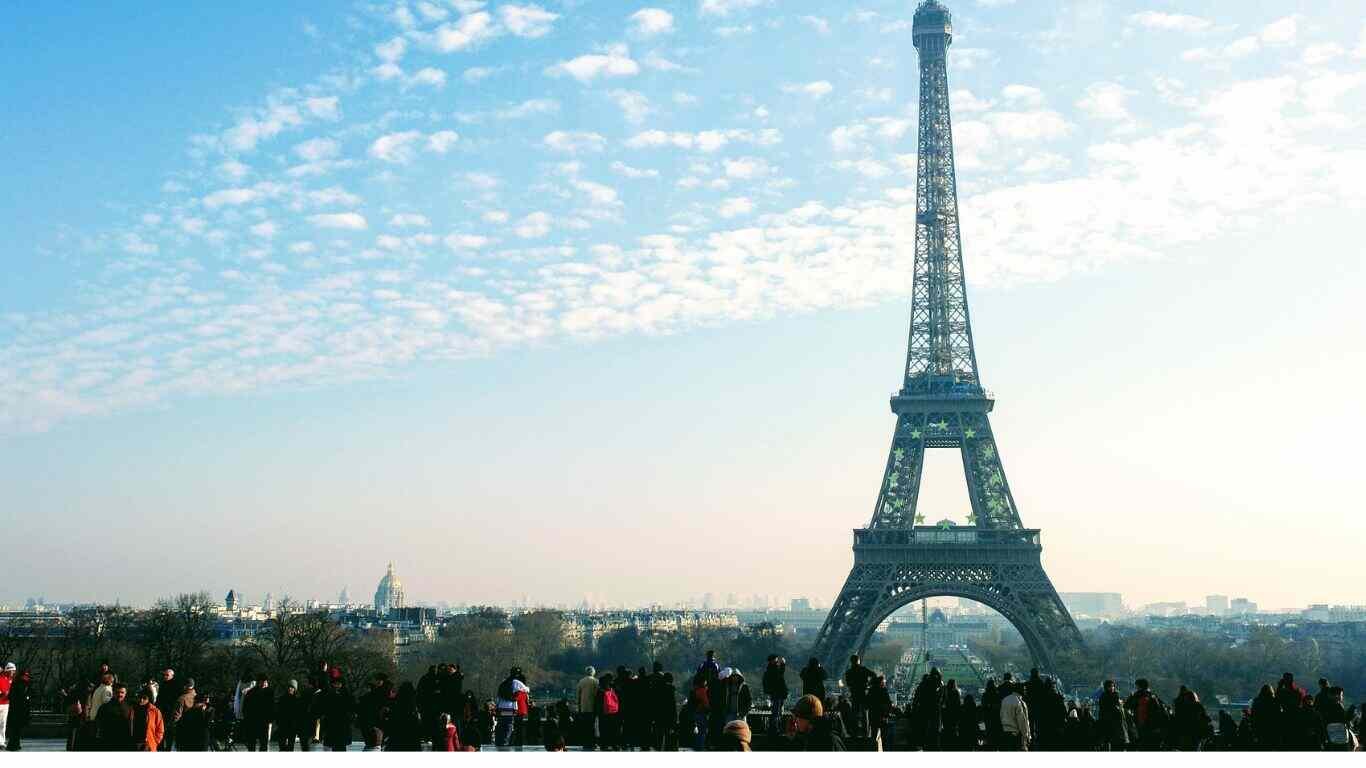
The Nearest Attractions
In addition to being a single landmark, the purpose of the Eiffel Tower is shared by a number of other well-known sights. The Champ de Mars, the Trocadéro Gardens, and the Seine River are all accessible nearby. The Eiffel Tower serves as a focal point for travelers wishing to see the best of Paris, and these attractions help it fulfill this goal.
How to Get to the Eiffel Tower
Because of its strategic location in Paris, it is easy to reach the Eiffel Tower. Excellent transit links support The purpose of the Eiffel Tower as a prominent tourist site. The tower is easily accessible for all visitors, who can get there by bus, walking, or the Paris Metro from other surrounding attractions.
Conclusion
To sum up, the purpose of the Eiffel Tower is complex and has changed dramatically since it was built in 1889. What started out as a temporary display for a World’s Fair has developed into a tourist destination, a cultural icon, an economic resource, a scientific resource, and a symbol of Paris. The function of the Eiffel Tower is multifaceted and comprises various roles that contribute to its lasting relevance.
The Eiffel Tower is a monument to human ingenuity, inventiveness, and tenacity. Its multifaceted and long-lasting purpose guarantees that this renowned building will enthrall, inspire, and serve for many more generations to come. The purpose of the Eiffel Tower is still valid now, just as it was more than a century ago, regardless of whether it is recognized for its breathtaking architecture, its cultural significance, or its contribution to scientific advancement.
